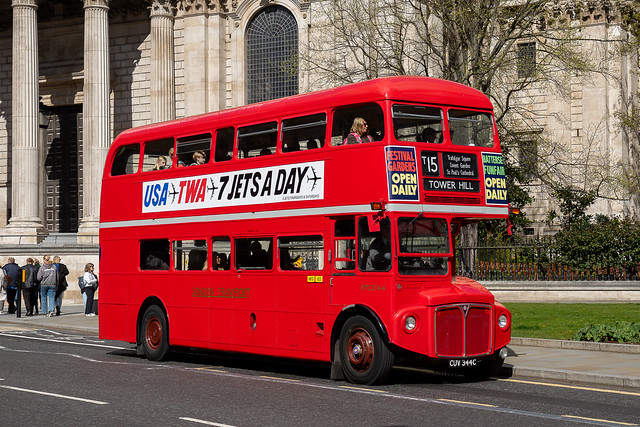Ace Of Pacer
Member
- Joined
- 15 Dec 2016
- Messages
- 20
Background: been photographing buses for pleasure for about 15 years, mainly with digital cameras but in past couple of years with iPhone since their cameras got better (albeit zoom not viable).
Objective: decent photos for personal use (not for publication so don’t need to be amazing)
Problem: modern blinds (with some exceptions) are a nightmare and don’t come out properly. For some reason Transdev Blazefield blinds work perfectly (manufacturer / refresh rate related?) but First West Yorkshire StreetDecks (and almost all the Arriva Yorkshire fleet) and the like are impossble, and the pixelated / missing destis in photos really annoy me.
I’d be prepared to buy another digital camera and use instead of iPhone if I was confident it would resolve the issue. So the question is: is there either a camera on the market, or some standard settings re: exposure of whatever you can use on any given camera, which will eliminate this lottery of whether you get half a desti, a scrambled desti, no desti at all, or the holy grail of a fully legible desti?
Thanks for your help, and you’ll note from the above I’m a point and click non-technical shooter, so don’t be afraid to assume no knowledge when you answer!
Objective: decent photos for personal use (not for publication so don’t need to be amazing)
Problem: modern blinds (with some exceptions) are a nightmare and don’t come out properly. For some reason Transdev Blazefield blinds work perfectly (manufacturer / refresh rate related?) but First West Yorkshire StreetDecks (and almost all the Arriva Yorkshire fleet) and the like are impossble, and the pixelated / missing destis in photos really annoy me.
I’d be prepared to buy another digital camera and use instead of iPhone if I was confident it would resolve the issue. So the question is: is there either a camera on the market, or some standard settings re: exposure of whatever you can use on any given camera, which will eliminate this lottery of whether you get half a desti, a scrambled desti, no desti at all, or the holy grail of a fully legible desti?
Thanks for your help, and you’ll note from the above I’m a point and click non-technical shooter, so don’t be afraid to assume no knowledge when you answer!

